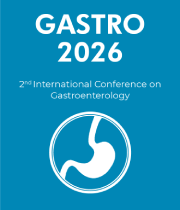Esophagogastroduodenoscopy
Esophagogastroduodenoscopy (EGD) Is A Procedure Used To Examine The Lining Of The Esophagus, Stomach, And The First Part Of The Small Intestine (Duodenum). It Is Also Known As Upper Endoscopy. During The Procedure, A Thin, Flexible Tube Called An Endoscope Is Inserted Into The Mouth And Advanced Through The Esophagus, Stomach, And Duodenum To The Junction Of The Small Intestine. The Procedure Is Usually Performed Under Sedation With A Local Anesthetic. The Endoscope Is Fitted With A Camera And A Light Source That Allows The Doctor To View The Inside Of The Upper Digestive Tract. It Can Be Used To Diagnose And Treat Various Conditions Such As Ulcers, Inflammation, Bleeding, And Tumors. The Endoscope Is Fitted With Special Tools That Can Be Used To Take Biopsies, Remove Polyps, And Treat Bleeding If Needed. In Some Cases, The Endoscope May Also Be Used To Insert A Stent, A Device Used To Keep A Narrowed Area Of The Digestive Tract Open. EGD Is A Safe And Effective Procedure. Complications Are Rare And Usually Minor, Such As Mild Soreness In The Throat Or A Small Amount Of Bleeding. The Procedure Can Last Anywhere From 30 Minutes To An Hour. After The Procedure, Patients Are Usually Advised To Rest For A Few Hours And To Not Eat Or Drink For A Few Hours. EGD Is A Useful Tool For Diagnosing And Treating Various Conditions Of The Upper Digestive Tract. It Is A Safe And Effective Procedure And Is Usually Well-Tolerated By Most Patients.



